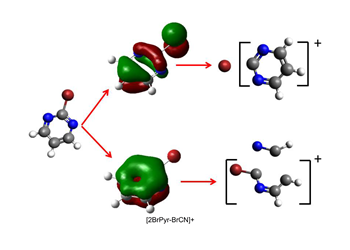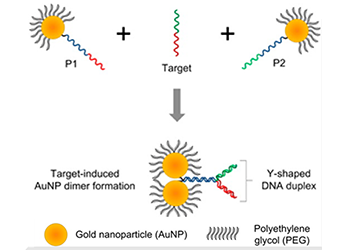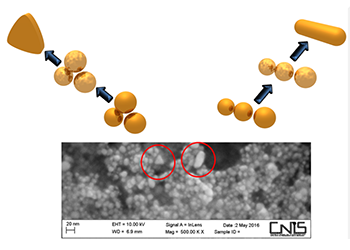Sensitizing molecules in radiotherapy.
Nanobiotechnologies are playing an increasingly important role in the diagnosis and therapy of diseases such as cancer. They allow early detection as well as the development of innovative strategies to selectively neutralise the diseased cells.
In cancer treatment ionising radiations are commonly used to kill the tumour cells. The use of "radiosensitising" molecules allows to increase the effectiveness of treatment and reduce the dose of radiation, limiting debilitating side effects for the patients.
RNA/DNA bases functionalised with halogen atoms (F, Cl, Br, I), for example, are incorp-orated selectively in the genetic material of tumour cells, making them more vulnerable to radiation. Our studies aim to unravel the elementary mechanisms underlying these processes: a knowledge that provides a significant contribution to these challenges and will help to design new generation drugs.
Staff: Lorenzo Avaldi, Paola Bolognesi, Annarita Casavola.






 English (UK)
English (UK)  Italiano (Italia)
Italiano (Italia)